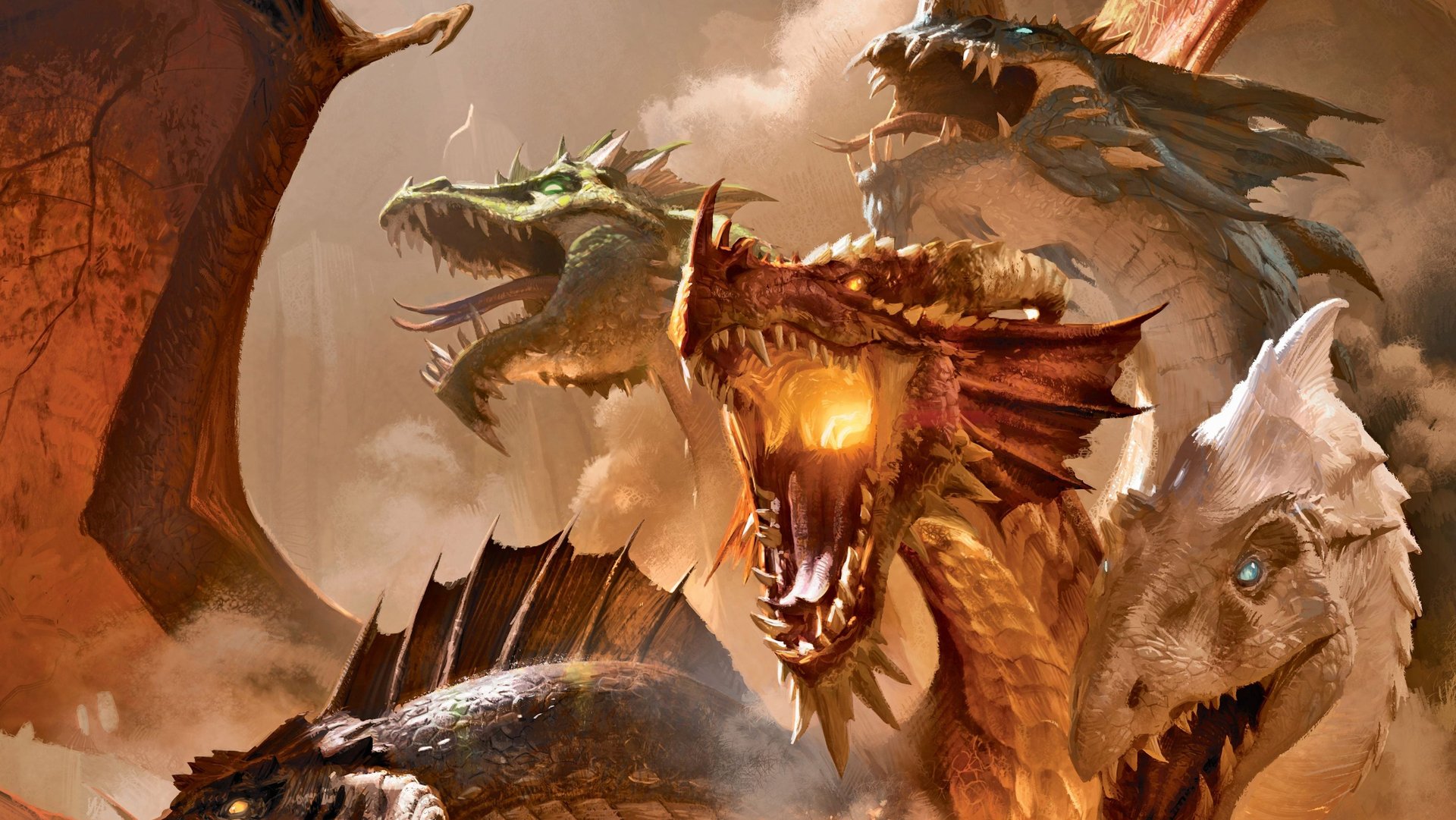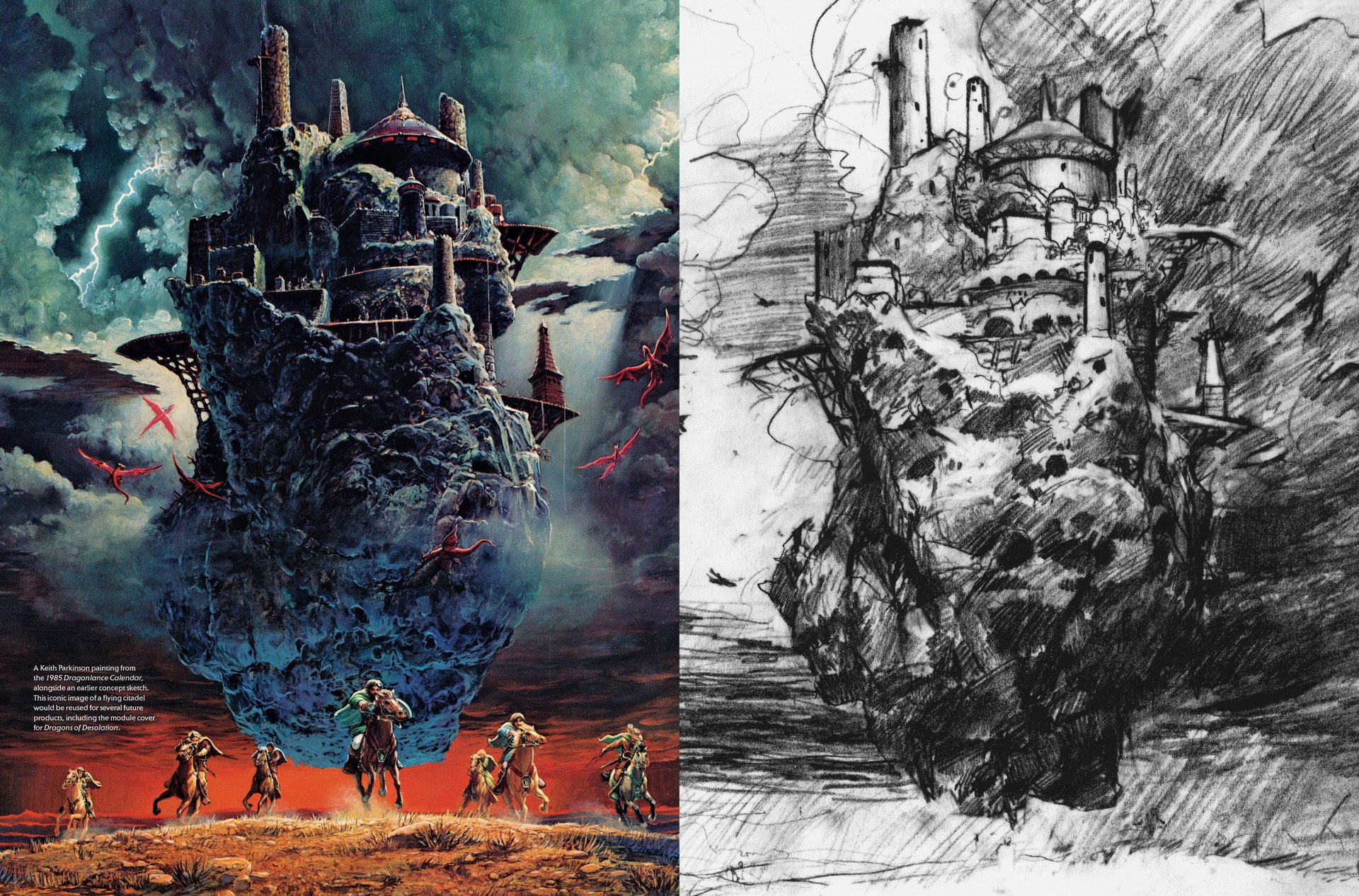Dungeons & Dragons created the blueprint nerd culture still follows today
Dungeons & Dragons is staging a comeback in the culture it helped create.


Dungeons & Dragons is staging a comeback in the culture it helped create.
The ultimate vestige of old-school nerd-dom, D&D was originally published in 1974 by Gary Gygax and Dave Arneson. It was popular well before tabletop games and computers, and invited players to invent their own worlds of magic and monsters that could change at the players’ whim. More than 40 years later, D&D has one again emerged in pop culture: Actor Joe Manganiello boasts a prodigious D&D cave, Anderson Cooper is obsessed with the game, and D&D underpinned the most recent season of Netflix’s Stranger Things.
But D&D never really lost its relevance.The game created a whole new way of thinking about how games could be played, and how a game could tell a story. Without it, nerd culture as we know it would not exist.

Before Dungeons & Dragons, tabletop games were war games—players were generals commanding faceless troops in battle. Gygax and Arneson broke that mold, making each D&D player just one character, with a personality and strengths and weakness, who would fight smaller battles for treasure or personal motivations. The role of the dungeon master was created to build the world around those characters, by writing the story collaboratively as the game progressed.
“The idea that you could buy a game that would promote this notion of homebrew world-building was novel,” says Michael Witwer, who with Kyle Newman, Jon Peterson, and Sam Witwer co-authored Art and Arcana, a new book on Dungeons & Dragons. “It was remarkable, the idea of an open sandbox game so you can play with your friends.”
The sandbox demanded new rules. There needed to be a system for how powerful characters were, and what they could and could not do. There needed to be a way for characters to get more powerful over time. That led to the idea of the character sheet, where a character’s hit points, stats, and equipment were detailed, as well as a system of levels the characters could ascend to gain new abilities as they fought ever-more-threatening monsters.
There also needed to be monsters, whose own traits and backgrounds the dungeon master could consider when deciding how to make them fight in a realistic way. That led to the Monster Manual, which detailed more than 350 kinds of monsters for players to fight. The Monster Manual created a new kind of index for fantastical creatures, a tome from which writers, designers, and artists could draw inspiration and integrate elements into their own creations.

“Of course, Tolkien had written about goblins and orcs and trolls and lots of previous people had,” says Peterson. “But because of the fact that in order to simulate something or to make a game about it, it needs to be specific, you had to make these things more real. It’s difficult to really underestimate how much D&D’s taxonomic exercise made these fantasy things into creatures that we can talk about.”
Those creatures took on life outside the game. Orcs, for example, appeared in the Monster Manual as chubby pig-snouted creatures. Eight years later, Star Wars: Return of the Jedi featured Gamorrean guards in Jabba’s palace who were the spitting images of orcs drawn in the D&D Monster Manual. Since then, orcs have evolved further, and are most commonly depicted as green muscle-bound warriors.
“Whether or not George [Lucas] was directly influenced, the people designing the pop culture movies of the day…were kind of pillaging things they love from this popular game because it was just there,” says Peterson.
Since then, modern fantasy like Game of Thrones and the movie remakes of Lord of the Rings have also brought orcs and elves back into the mainstream.

Other ideas first explored in D&D—levels, experience points, and hit points among them—are also now ubiquitous. That’s largely because they’ve been adopted by video games. And that’s because the people who made video games were old-school nerds.
“These were people that were also into a lot of other things like performing arts and computers in the 70s,” says Witwer. “Unsurprisingly, Dungeons & Dragons, and the concepts that it brought forth, became adapted to some of these emerging technologies that became very, very important.”
Now D&D is coming full circle. Critical Role, a live-streamed show where voice actors play D&D, regularly gets millions of views. A slew of podcasts featuring groups of friends simply playing D&D for an audience clock hundreds of thousands of downloads per month. And it’s still a great way for families to connect.
It’s likely only the beginning. After all, D&D is where it all started. Says Peterson, “I think it’s almost impossible to do fantasy, whether you’re George R.R. Martin or take your pick, without having some picture of D&D in what you’re doing.”
Update: An earlier version of this story mistakenly claimed Dungeons & Dragons was popular before comics.